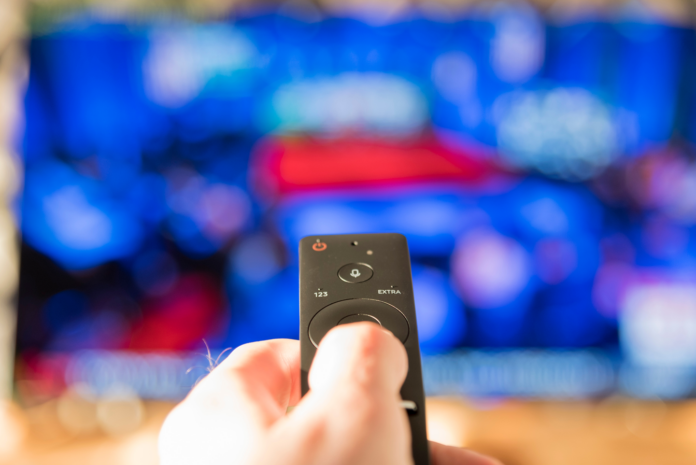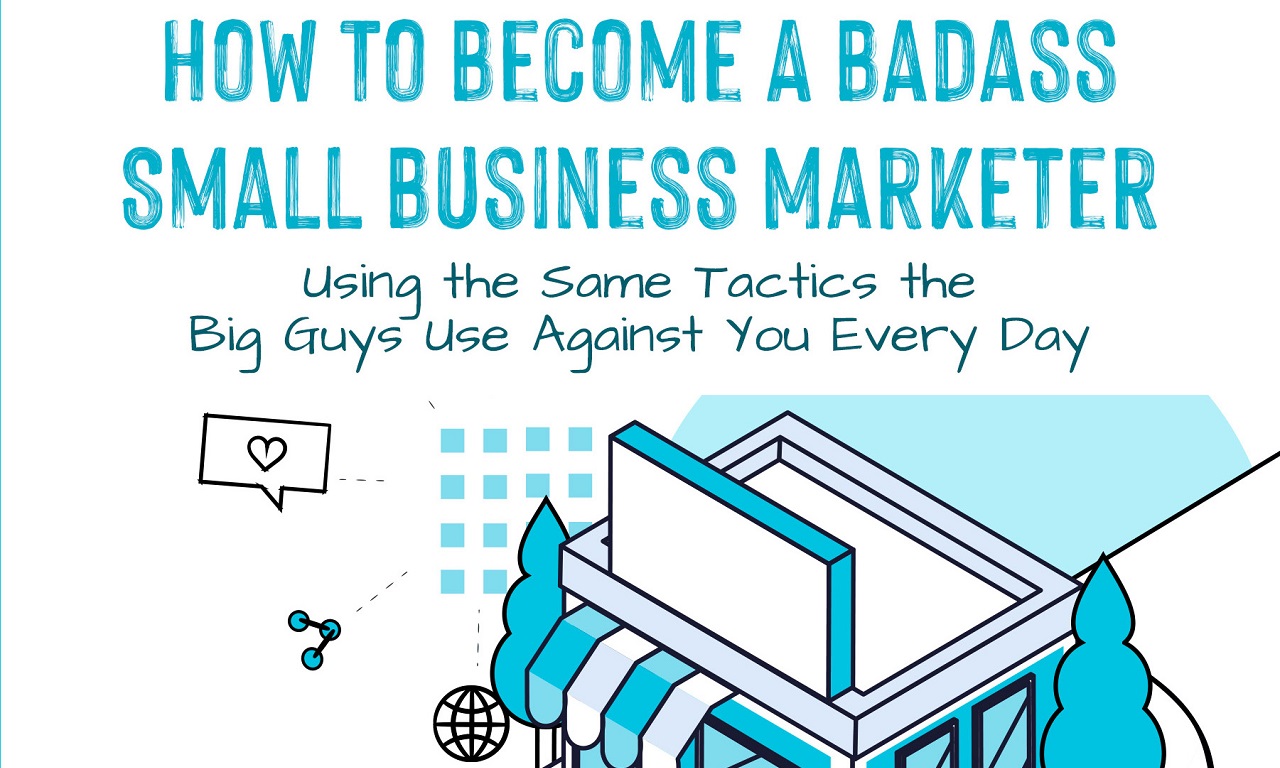“How To” Digital Transition for Linear TV Advertisers
Perhaps you’re among the many legacy media advertisers who’ve reached the tipping point where linear television just isn’t getting you the results you’re used to (and have come to rely upon); this “How To” digital transition for linear TV advertisers helps make the case for taking action now, rather than continuing to “wait and see.” Our strategy will help you follow cord cutters where they went, and re-capture the success you’re no longer seeing.
According to Nielsen, the company that has rated television viewership for decades, linear TV (broadcast and cable) now reaches less than 50% of all TV viewers. That means you’re paying the same or more for a LOT less than you got even 5 years ago as an advertiser from linear TV.
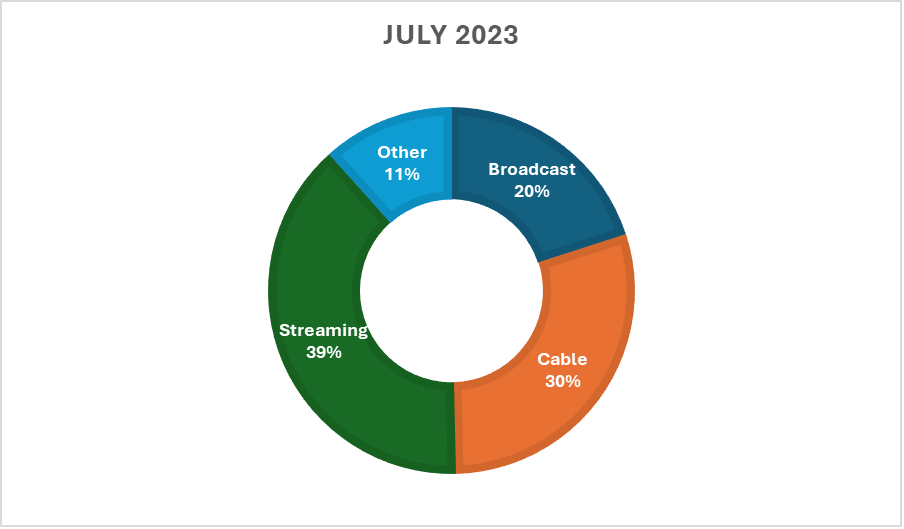
Source: Nielsen, August 2023
Why You’re in Better Shape Than You May Think
Advertisers who have been using linear TV for a long time (let’s say 5+ years), and buying substantial reach and frequency (you are among the largest advertisers on linear TV in your market — let’s say approximately top 20%) are at an advantage, even if you don’t feel that way.
You’ve built strong Top of Mind Awareness (or TOMA). And TOMA doesn’t dissolve overnight. So you have the relative luxury of being able to make changes to your legacy media mix without as much risk of an immediate drop in prospects. That’s a huge competitive advantage.
Following Cord Cutters Where They Went
It’s time to make sure your budget reflects the strategy of following cord cutters where they went. Keep reading for our exclusive strategy recommendation based on best practices we’ve developed for our clients.
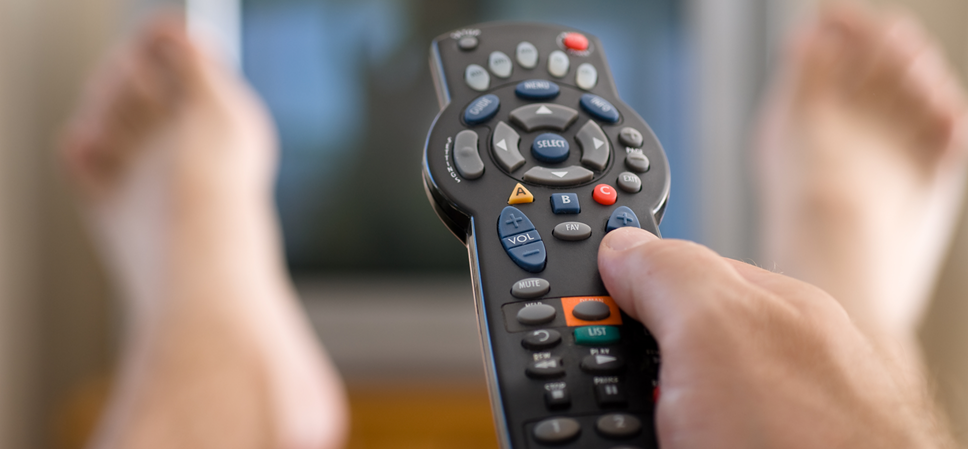
Cord cutting is no longer just young people. It’s reached a tipping point where it’s now accelerating across all household demographics, including older viewers.
Older viewers tend to just re-create their live TV experience via YouTube TV or another live TV streaming service because they have “appointment viewing” habits, while younger viewers (digital natives) don’t place a strong value on live content, except for sports and other live events.
Younger viewers expect to watch what they want, when they want. And they see content on Tik Tok and YouTube as somewhat equal to that of Netflix, Prime, Disney+, Hulu, Apple TV+, etc. So following cord cutters where they went involves knowing your target audience and understanding how they’re post-linear tv habits have developed.
How To Make a Successful Digital Transition from Linear TV
If it’s working, just not as well as before, it’s OK and a good thing to keep linear TV in your overall budget. We recommend starting with a budget reduction of 40%, give or take.
Here is a sample budget re-allocation, based on monthly spending of $30,000 in linear TV. This ignores all other current spending in your budget, but assumes you’re NOT currently buying any digital video.
INITITAL BUDGET ALLOCATION
| BEFORE | AFTER | |
| Linear TV | $ 30,000 | $ 18,000 |
| Streaming TV | $ 0 | $ 4,000 |
| Digital Video Ads | $ 0 | $ 4,000 |
| Google Performance Max | $ 0 | $ 4,000 |
In this example, re-allocating 40% of your budget allows you to allocate a first-month test budget of $4,000 each for three plausible alternatives to reach cord cutters where they went:
Streaming TV. Placing your ads on streaming platforms like Netflix, Prime, Disney+ and Hulu, etc. Almost every streaming platform now has an ad-supported version, and most users opt for the lower cost + ads, rather than the ad-free versions. This category also includes ad placement in live sports (NFL, NBA, NCAA, MLB, NHL, MLS, etc.) via league apps and other providers.
Digital Video Ads. Placing your ads on social media platforms like YouTube, Tik Tok, and Facebook. And placing ads in apps and websites that provide content like games, news, and other captive audiences.
Google Performance Max. Google now has an AI-driven campaign type called Performance Max. This uses your existing video assets (plus logos, photos, text, etc.) to build custom ads “on the fly” when it identifies a Google user who is in your target audience.
By incorporating these three alternatives to linear TV into your media mix, you can track which gains the most traction and provides the best ROI. In month two, adjust the mix to drop any option that doesn’t provide good ROI and re-allocate that budget to what does work.
These 3 alternatives to legacy media are not exhaustive. However, they’re a great place to start. And typically by the 3rd or 4th month you can dial in the performance to reach the cord cutters you’ve been missing. And overall results from this mix will typically surpass linear TV only.

Get a Free Consultation to Discuss Your Unique Situation
If you’ve always relied heavily on linear TV or other legacy media for advertising success and you’re just not seeing the same results you’ve come to rely on historically, we can help.
Schedule a free consultation with our experts, and we’ll make sure we have the right people on the call to answer all your questions. Free initial consultation is one way we invest in potential clients long before they invest in us. It’s a great way to get to know each other without any pressure.
Thanks for visiting today!

